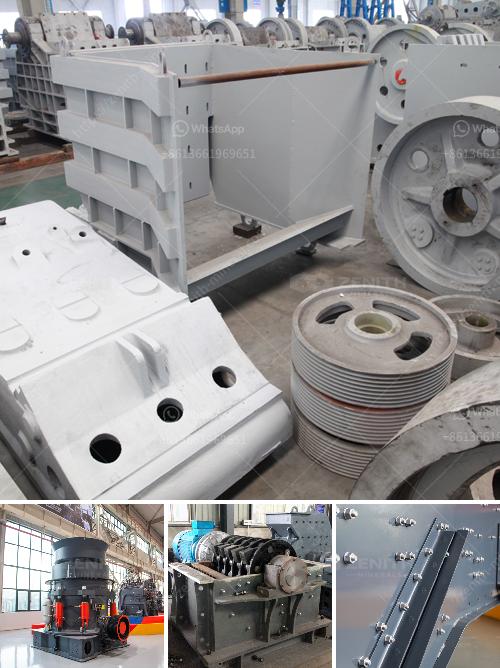A 125 TPH (tons per hour) silica sand processing plant involves several essential components and stages. Here's a brief overview of what such a plant typically includes:
- Feed Hopper and Conveyor: Raw silica sand is fed into the plant via a hopper and transported via conveyor belts for further processing.
- Screening and Washing: The raw material is screened to remove impurities like clay, silt, and other unwanted particles. Washing mechanisms, such as spiral classifiers or hydrocyclones, are used to ensure cleanliness and uniform particle size.
- Attrition Scrubbing: This stage helps in scrubbing the surface of the silica particles to remove iron stains and further enhance the purity.
- Separation: Various separation techniques like magnetic separation might be employed to ensure removal of any ferrous contaminants.
- Classification: The silica sand is classified based on grain size to meet specific industrial requirements using classifiers or sieves.
- Drying: If required, the material is dried to reduce moisture content using drying equipment like rotary dryers.
- Storage and Packaging: The final product is stored in silos or bins and then packaged for shipment to customers.
Such a plant requires deliberate design and precision engineering to operate efficiently at 125 TPH capacity, ensuring product quality and consistent output.


